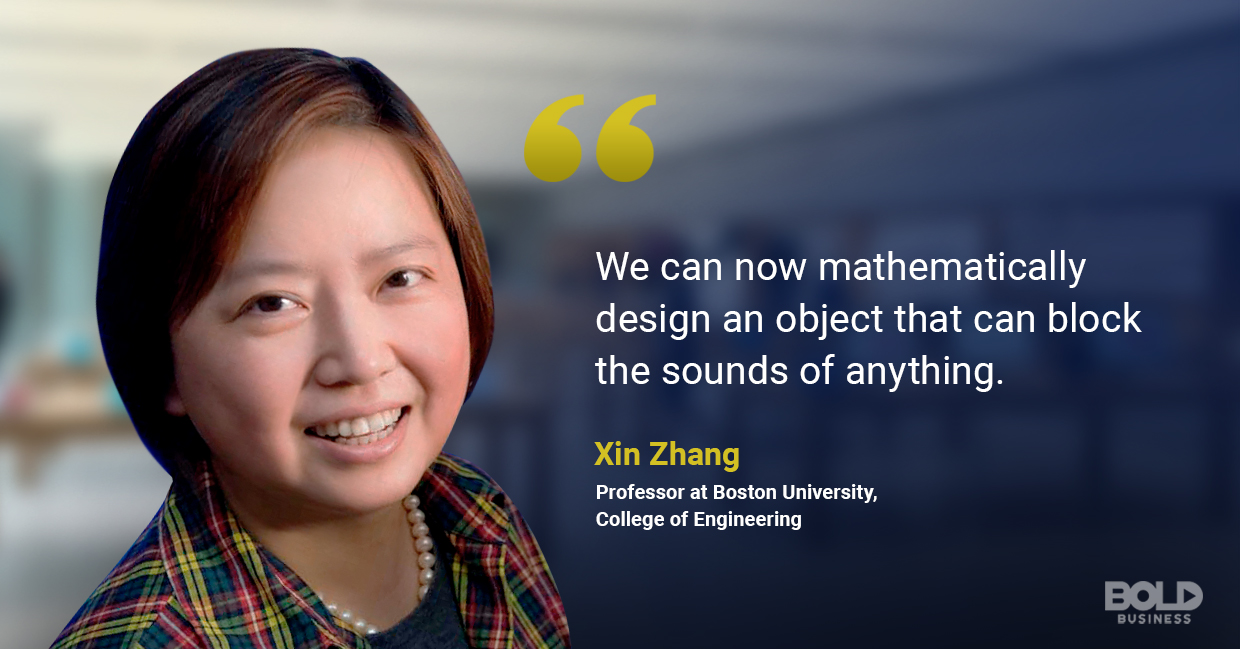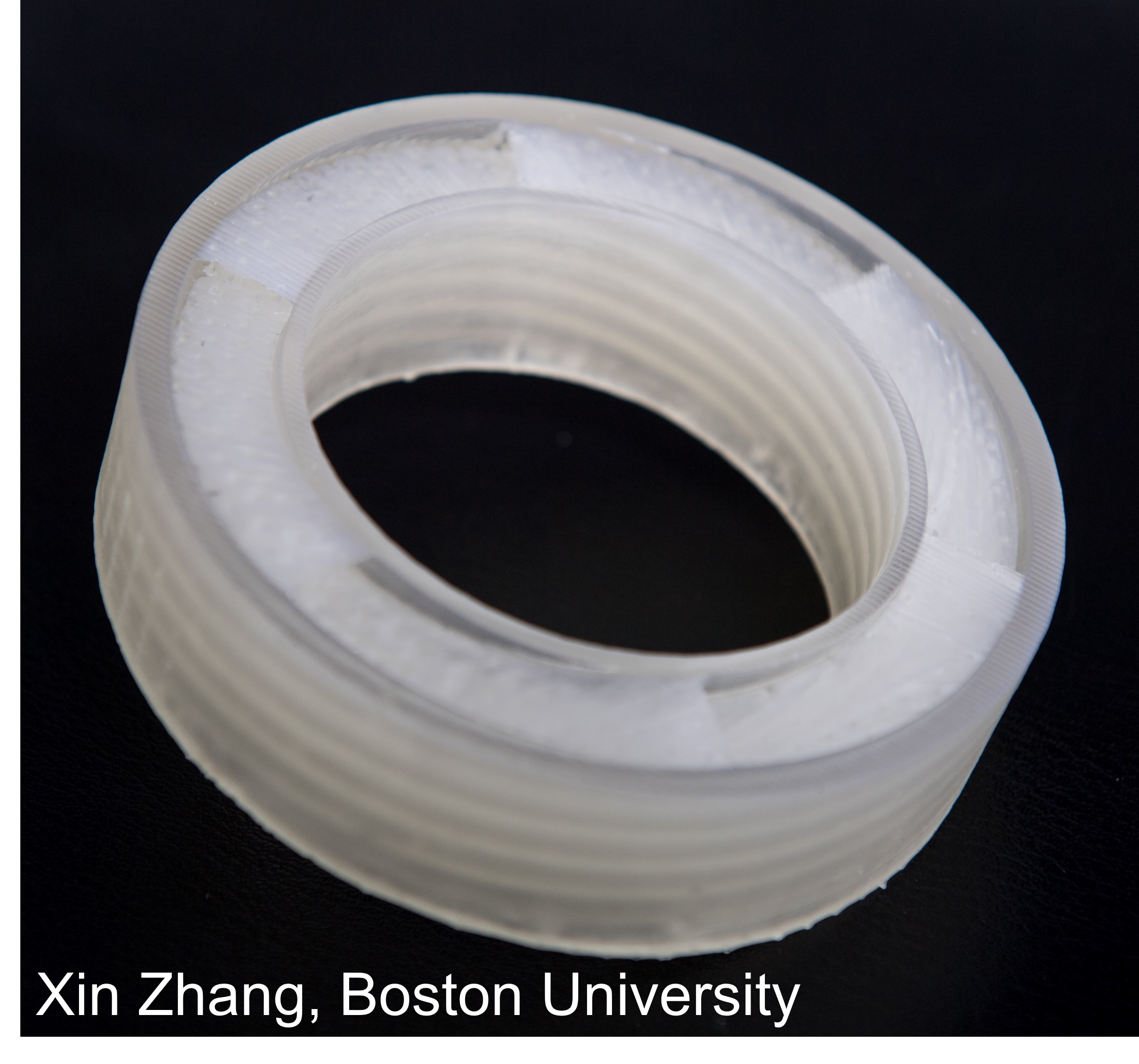|
|
|
|
|
|
|
|
|
|
|
|
|
|
|
|
|
|
|
|
|
|
|
|
|
|
Metamaterials & Metasurfaces for Acoustic and Wireless Sensing


Over the past several years, we have embarked on an exciting journey to revolutionize acoustic silencing through the innovative design of acoustic metamaterials.
Traditional noise reduction methods, while effective, often compromise airflow and ventilation—factors crucial to many practical applications.
Previous attempts to address this issue using acoustic metamaterial-based structures have fallen short due to insufficient physical openness.
Determined to overcome these limitations, we developed a groundbreaking class of ultra-open metamaterials (UOMs).
These UOMs feature highly open physical structures while maintaining exceptional acoustic silencing performance.
The UOM paradigm is highly scalable across various frequency regimes, with adaptable geometries suited for diverse implementation schemes to address a wide range of noise sources.
At the heart of our innovation is the realization of an asymmetric acoustic transmission profile through Fano-like interference within a bilayer metamaterial.
This profile results from acoustic interference between the inner 'open' region and the outer resonating waveguide of the UOM.
As sound waves traverse the UOM, they are driven out of phase, producing Fano-like destructive interference that can suppress transmission to near zero.
Crucially, the UOM paradigm supports nearly fully open geometries—a significant leap forward from current technologies.
The potential applications of the UOM technology platform are broad and diverse, spanning industries such as aerospace, automotive, defense, HVAC, and architecture—where airflow and ventilation are paramount to overall system performance.
Our ongoing efforts focus on evolving and generalizing UOM principles into a versatile toolkit for addressing a wide range of applications.
We are working to enhance performance through multi-band, broadband, and tunable acoustic silencing strategies.
Our innovative approach is not just a technical milestone; it's a transformative leap forward.
By enabling effective noise control without compromising airflow and ventilation, we are poised to transform a wide range of industrial applications—paving the way for a quieter, more efficient, and harmonious future.